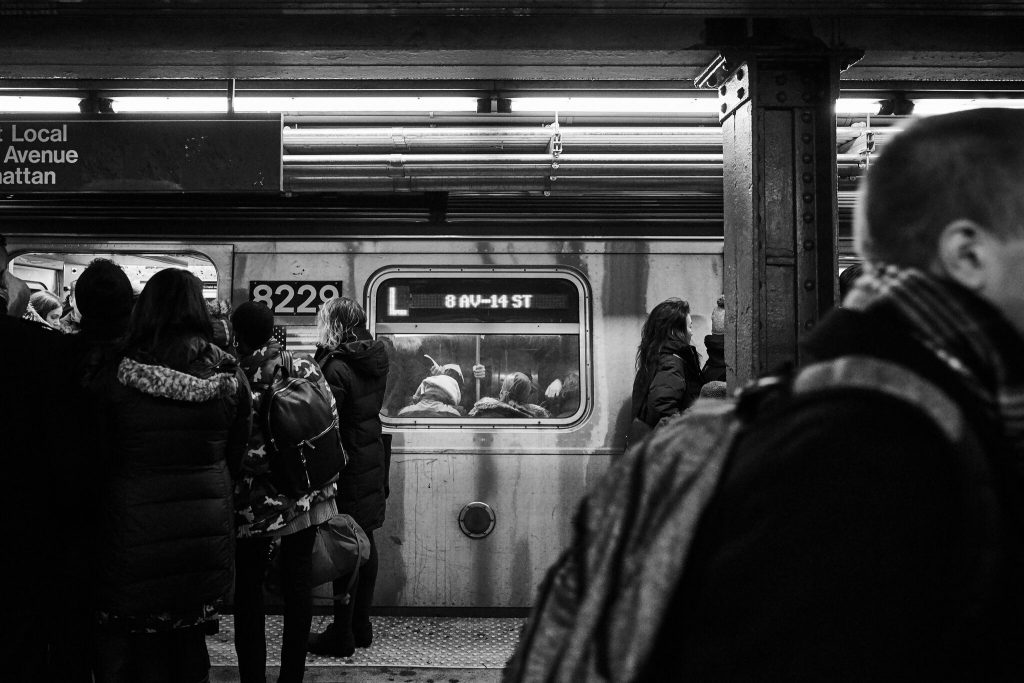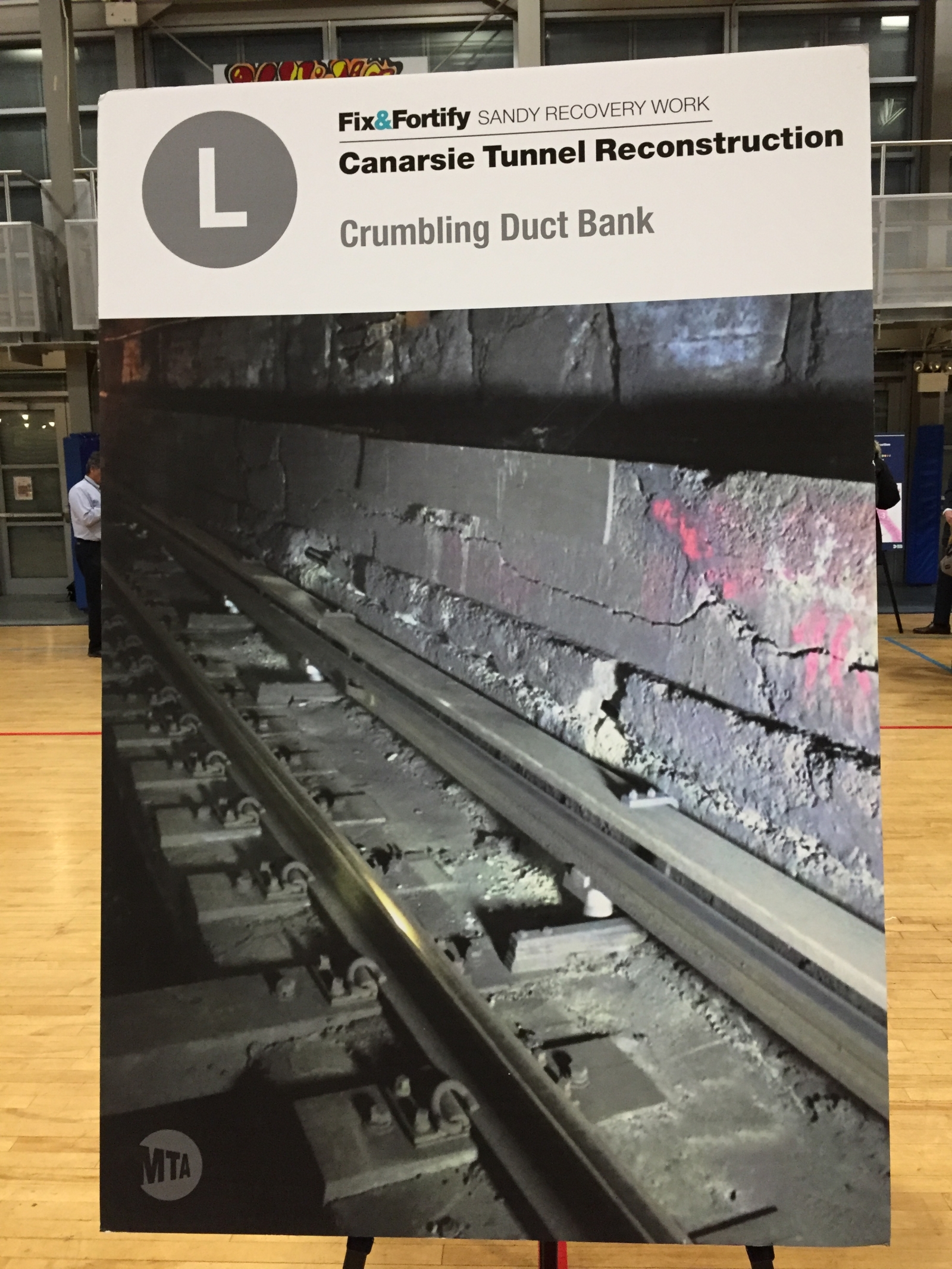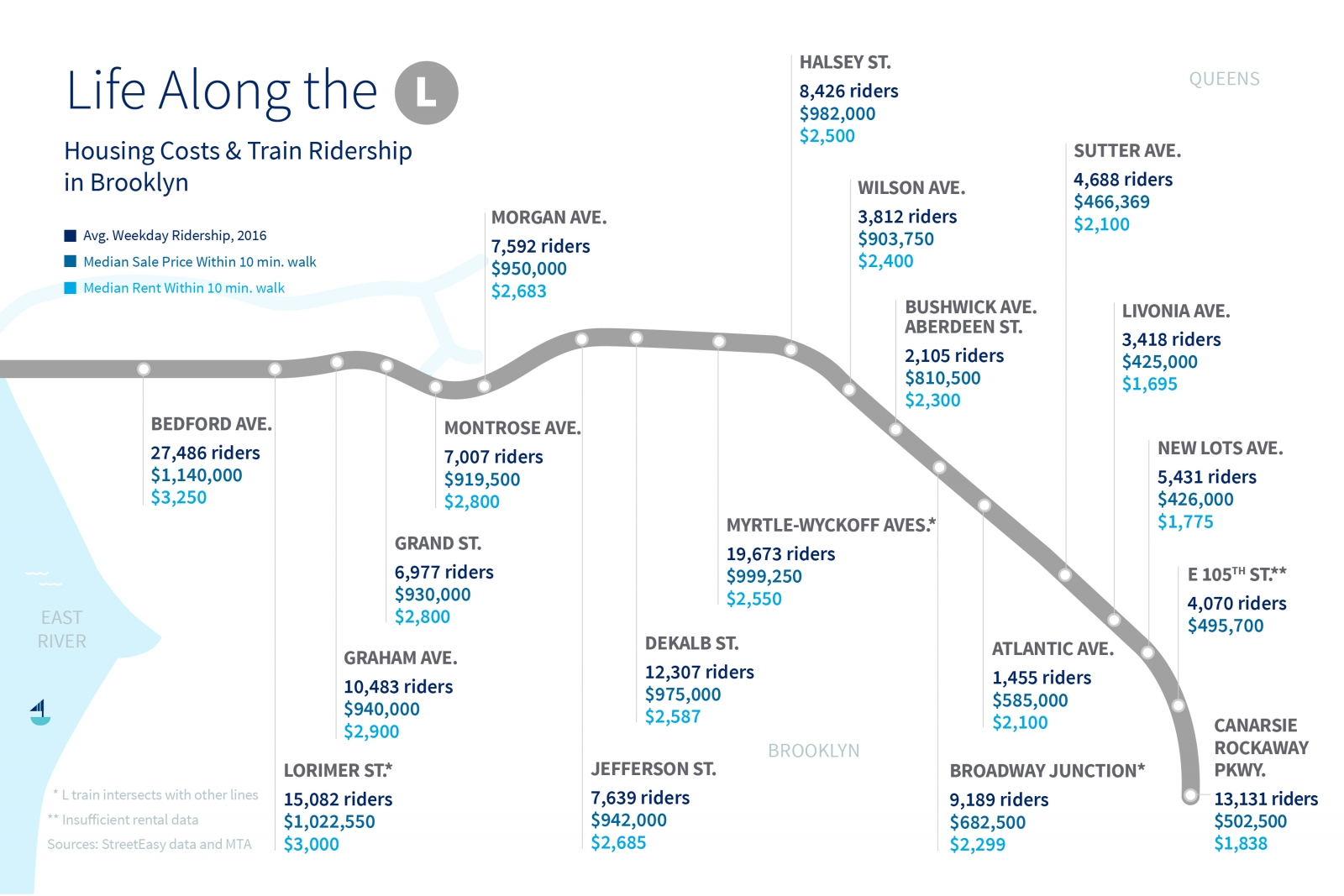The L Train Shutdown

All this week, StreetEasy is covering the L train shutdown planned for April 2019, reporting on its impact on the housing market and how those affected plan to respond. Our coverage is running now to help readers make housing decisions well in advance of the shutdown. See all our L train shutdown coverage.
When Is the L Train Shutting Down?
In April 2019, the New York City subway’s L train will cease running between Manhattan and Brooklyn. For approximately 15 months afterward, there will be no L train service anywhere in Manhattan, or through the Canarsie Tunnel between Manhattan and Brooklyn. However, the L train will still serve all its usual Brooklyn stops, traveling between Bedford Avenue and Canarsie-Rockaway Parkway. After some 15 months of disruption, in approximately July 2020, Brooklyn-Manhattan L train service should resume.
Why Is the L Train Shutting Down?
The Canarsie Tunnel was flooded with saltwater when Hurricane Sandy hit New York in 2012, and the L train is shutting down so that the MTA can make long-term repairs. The agency managed to restore L service 10 days after Sandy hit, but the deeper structural damage to the tunnel still has not been fixed. Built in 1924, the cast-iron, concrete-lined tunnel now carries some 225,000 riders per day between Brooklyn and Manhattan, with 40 trains traveling through it every hour at peak times. By shutting down the line, the MTA can install new tracks, build new duct banks (the concrete blocks that hold power and communications cables), repair pump rooms and circuit breaker houses, add new lighting, and fix other elements damaged by Sandy. Meanwhile, crews will improve access to L stations by adding elevators and widening stairwells.
Why Is the L Shutdown a Big Deal?
The L shutdown is a major concern because of the large number of New Yorkers who rely on the line. Since the 1990s, as Williamsburg and surrounding areas have attracted thousands of new residents and visitors — and a boom in new home development — L ridership has increased threefold. The Bedford Avenue station alone sees five times as many daily riders as it did 30 years ago, according to the MTA. Meanwhile, the L serves residents from Chelsea to Canarsie, many of whom depend on it to get to work.
How Will Riders Get Between Brooklyn and Manhattan Once the L Train Shuts Down?
The MTA expects the 225,000 New Yorkers who ride the L train daily between Brooklyn and Manhattan to switch to a combination of alternate subway lines, buses, ferries, and bike lanes:
An estimated 70 to 80 percent of affected riders will take another subway line. Many will move to the J, M and Z, which runs through South Williamsburg, and the MTA says it will increase capacity on this line to the maximum possible. The G line will also get longer trains and a more frequent schedule, so that riders heading to Midtown can connect to the 7 train. Prior to the shutdown, the MTA will make changes to several J, M, Z, and G stations to increase capacity — widening stairwells, adding turnstiles, and opening now-closed station entrances.
Somewhere between 5 and 15 percent of L riders will ride the bus. The MTA plans three separate L shuttles running between various parts of Williamsburg and Manhattan, all of which will travel across the Williamsburg Bridge. Only vehicles carrying three or more people will be allowed on the bridge at peak hours. Dedicated bus lines along 14th Street in Manhattan mean the thoroughfare will also be closed to private traffic during these peak hours — though their specifics have not been set. The advocacy group Transportation Alternatives is calling for 24-hour bus lanes along 14th Street, as well as the lanes’ extension from the ferry terminal at the east end of 14th Street all the way to Ninth Avenue. The MTA says it is studying the idea.
About 5 percent of L riders will use the ferry. The MTA will create a new ferry line between North Williamsburg and the Stuyvesant Cove ferry terminal, which will connect with buses running along on 14th Street. The service will run eight boats and carry 1,200 passengers per hour in each direction, with proposed operating hours between 6 a.m. and midnight on weekdays and 6 a.m. and 2 a.m. on Friday and Saturday.
An estimated 2 percent of L riders will ride a bike into Manhattan. The Williamsburg bridge has a dedicated bike lane that drops riders onto Delancey Street. The MTA plans bike lane improvements to ease northbound and southbound travel between Delancey and Houston streets. It also plans to add protected bike lanes along 13th Street, to facilitate east-west bike travel in Manhattan. In Brooklyn, the agency will make changes to Grand Street to improve its capacity for bikes and buses traveling to the Williamsburg Bridge.

At an open house last week, the MTA showed pictures of the Canarsie Tunnel damage caused by Hurricane Sandy.
Is the L Shutdown Going to Be a Disaster?
The L shutdown is necessary, but whether it will cause an inconvenient disruption or a traffic-snarling “L-pocalypse” remains to be seen. At an open house meeting to discuss the L shutdown and mitigation plans, MTA officials said the success of their mitigation plan depends on shifting a certain proportion of L riders to each available form of transit. If they can’t get 30,000 people per day to ride the shuttle buses, and those riders instead use capacity-strained subway lines or — worse — for-hire cars, the situation could get dire very quickly.
The advocacy group Transportation Alternatives called the MTA’s shutdown plan “reasonable,” but says it still doesn’t go far enough. A study released by the group says L train riders going between Williamsburg or East Williamsburg and the East Village could see up to 35 minutes in increased travel time under the current plan. Traveling from Bedford Avenue to Union Square, for example, could take 31 minutes, instead of the 10-15 minutes it now requires. Among other suggestions, the group wants the MTA to make all its shuttles and 14th Street buses free, and to extend the hours of the 14th Street busway — from which private cars will be prohibited — to 24 hours a day in order to keep bus speeds up to a reasonable level.
If not, bus speeds on 14th Street could dip to an agonizing 3 mph or lower. For the MTA’s mitigation plan to succeed, the report noted, all individual elements of it must work at once: “It takes only a few people becoming frustrated with the L train replacement services to make a bad traffic situation a nightmare.”
>> See more of StreetEasy’s L train shutdown coverage.
—
Hey, why not like StreetEasy on Facebook and follow @streeteasy on Instagram?









